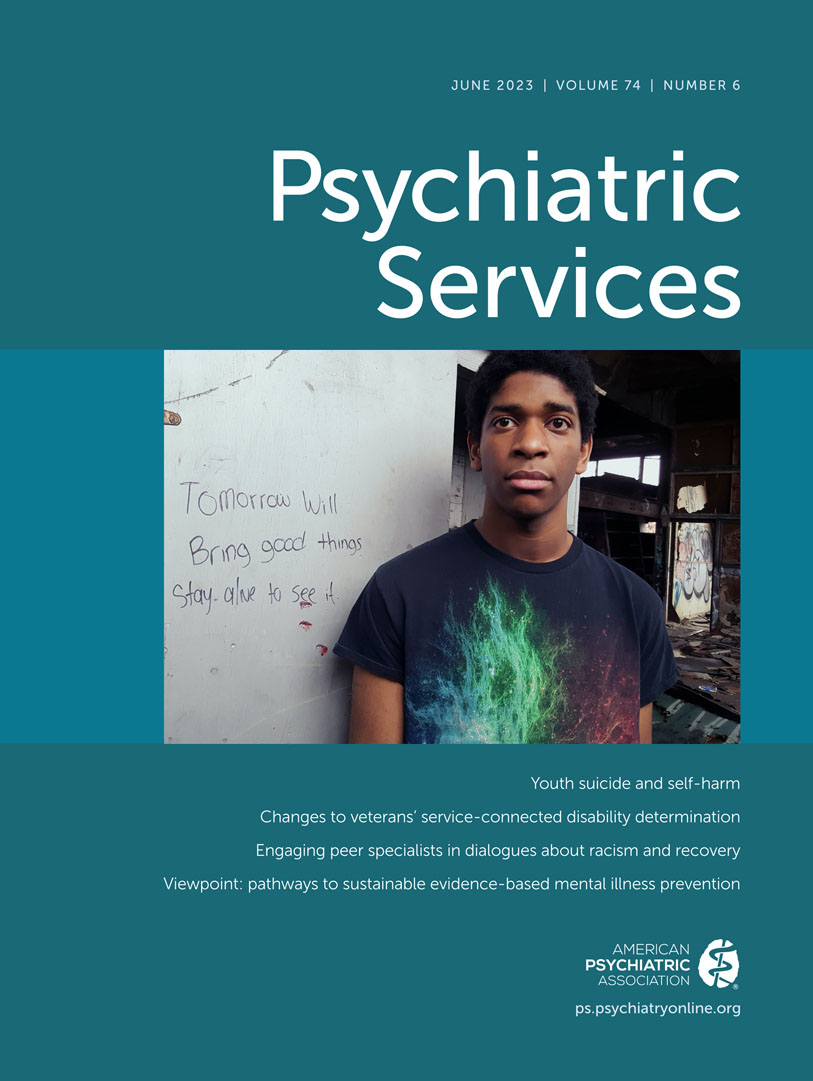Suicide, Firearms, and Terminal Illness: A Latent Class Analysis Using Data From the National Violent Death Reporting System
Abstract
Objective:
Firearms are highly lethal when used for suicide and are used more frequently as a suicide method by persons of older age. Individuals with terminal illness are at high risk for suicide, yet little research has explored how firearms may be used for self-harm in this population. The authors sought to understand the patterns of psychiatric diagnoses, substance use disorders diagnoses, and suicide mechanisms for individuals with terminal illness who died by suicide as well as their demographic and circumstantial characteristics.
Methods:
A latent class analysis using data from the National Violent Death Reporting System was undertaken to better understand typologies of individuals with terminal illness who died by suicide in 2003–2018 (N=3,072). To develop the classes, the authors considered diagnoses of mental illness and of alcohol or substance use disorders, suicidal thoughts and behaviors, and mechanism of suicide (firearm or no firearm). Demographic and circumstantial variables were examined across classes.
Results:
The analysis revealed four classes of persons with terminal illness who died from suicide: depression and nonfirearm methods (N=375, 12%), suicidal intent and firearm use (N=922, 30%), alcohol or substance use disorder and nonfirearm methods (N=70, 2%), and firearm use only (N=1,705, 56%).
Conclusions:
Firearm access is an important consideration for terminally ill persons at risk for suicide. Screening for psychiatric and substance use disorders may not identify terminally ill persons who are at increased suicide risk because of the presence of a firearm in the home. This population may benefit from tailored interventions in specialty care settings to address firearm safety.
Access content
To read the fulltext, please use one of the options below to sign in or purchase access.- Personal login
- Institutional Login
- Sign in via OpenAthens
- Register for access
-
Please login/register if you wish to pair your device and check access availability.
Not a subscriber?
PsychiatryOnline subscription options offer access to the DSM-5 library, books, journals, CME, and patient resources. This all-in-one virtual library provides psychiatrists and mental health professionals with key resources for diagnosis, treatment, research, and professional development.
Need more help? PsychiatryOnline Customer Service may be reached by emailing [email protected] or by calling 800-368-5777 (in the U.S.) or 703-907-7322 (outside the U.S.).



